Category: Printed Circuit Board
-
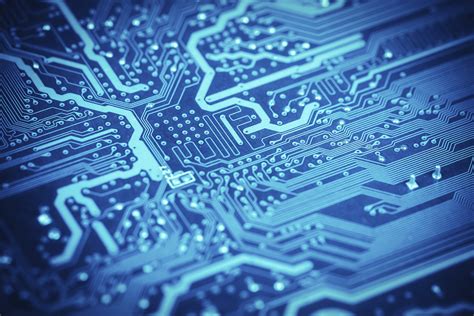
Design your next great lectronic product
•
What Goes Into Successful Electronic Product Design? Designing a successful electronic product requires careful planning and execution across multiple disciplines. The key elements of the electronic product design process include: Defining product requirements System architecture and hardware design Firmware/software development Industrial design and mechanical engineering Prototyping and testing Manufacturing Having…
-
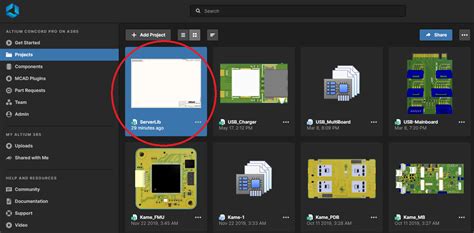
Altium 365?Where the world designs electronics
•
Introduction to Altium 365 Altium 365 is a revolutionary cloud-based platform that has transformed the way electronics design is done globally. It is an all-in-one solution that brings together design tools, data management, and collaboration features, making it easier for teams to work together seamlessly, regardless of their location. With…
-
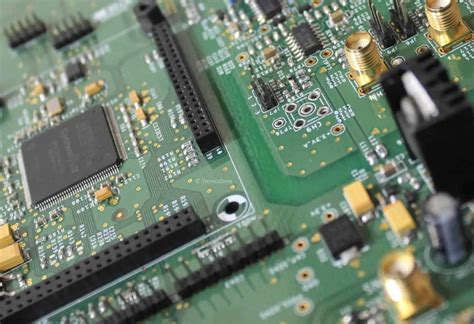
View & Share Electronic Designs Online
•
The Benefits of Viewing and Sharing Electronic Designs Online Collaboration and Feedback One of the most significant advantages of sharing electronic designs online is the opportunity for collaboration and feedback. By making your designs accessible to a global community of engineers and enthusiasts, you can tap into a wealth of…
-
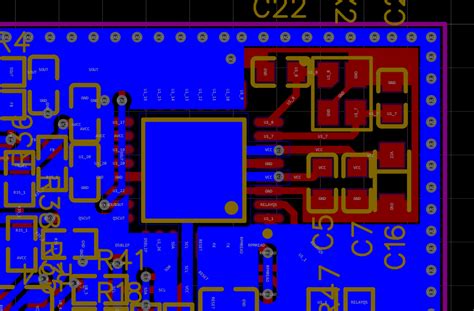
Should You Use Star Grounding for Analog and Digital Ground Separation?
•
What is Star Grounding? Star grounding, also known as single-point grounding, is a technique used in electronic systems to minimize ground noise and improve signal integrity. This method involves connecting all ground points in a system to a single, central ground point, forming a star-like pattern. By doing so, ground…
-
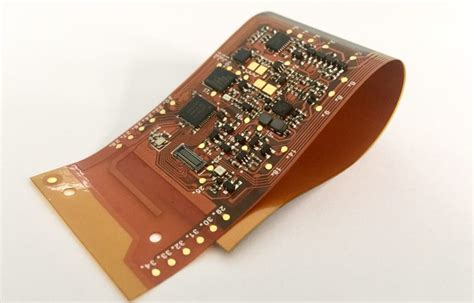
Count the Cost With Rigid Flexible PCB Cost Comparison
•
Introduction to Rigid-Flex PCBs Rigid-flex PCBs are a unique type of printed circuit board that combines the best features of rigid and flexible PCBs. They consist of rigid PCB sections connected by flexible PCB sections, enabling the board to be bent and folded to fit into tight spaces or unique…
-
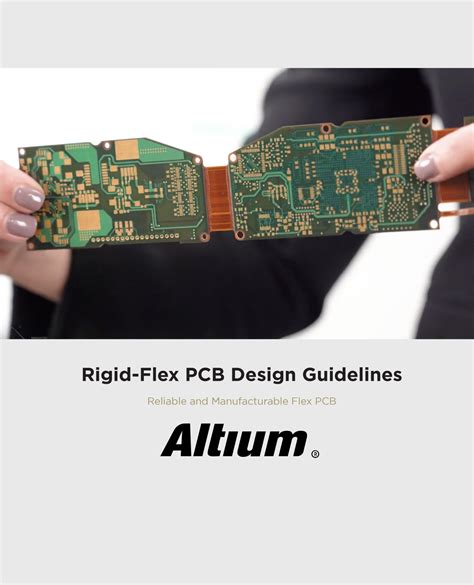
Rigid-Flex Command Set-up and Layer Stack Design
•
Introduction to Rigid-Flex PCB Design Rigid-flex PCBs are a combination of rigid and flexible printed circuit boards that offer unique advantages over traditional rigid PCBs. These boards consist of rigid sections connected by flexible sections, allowing for enhanced reliability, improved signal integrity, and reduced overall package size. Rigid-flex PCBs find…
-
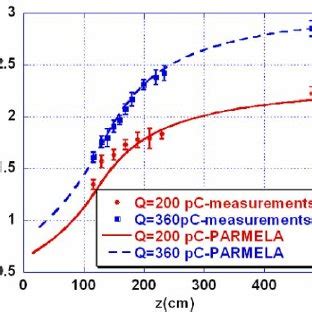
Copper Efficiency and its Impact on Electronics Design and Manufacturers
•
Why Copper Efficiency Matters in Electronics Copper is one of the most widely used materials in electronics due to its excellent electrical and thermal conductivity properties. It is a key component in printed circuit boards (PCBs), wiring, connectors, transistors, integrated circuits, and many other electronic devices and components. However, copper…
-
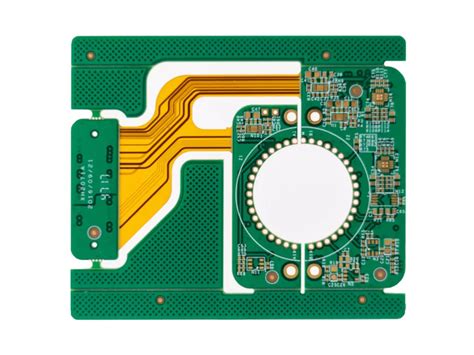
Structural Integrity and the Challenges of Rigid-Flex PCB Design
•
Introduction to Rigid-Flex PCBs Rigid-flex PCBs are a hybrid of rigid and flexible printed circuit boards that offer unique advantages in terms of space savings, weight reduction, and enhanced reliability. These PCBs consist of rigid and flexible layers laminated together, allowing for three-dimensional packaging and improved electrical performance. Rigid-flex PCBs…
-
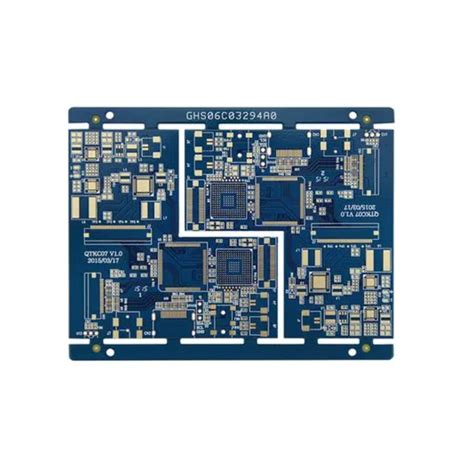
Get into the Zone of PCB Parts Information from Your BOM Application
•
What is a PCB-BOM? A PCB-BOM, or Printed Circuit Board Bill of Materials, is a comprehensive list of all the components and materials required to manufacture a PCB. It serves as a crucial document for PCB designers, manufacturers, and procurement teams, ensuring that all necessary parts are accounted for and…
-
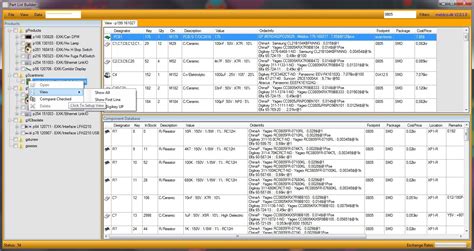
BOM Management Tools for PCB Manufacturing
•
What is a PCB BOM? A PCB BOM is a comprehensive list of all the components, materials, and quantities required to manufacture a printed circuit board. It serves as a blueprint for the PCB assembly process, guiding manufacturers in sourcing the correct components and ensuring that the final product meets…